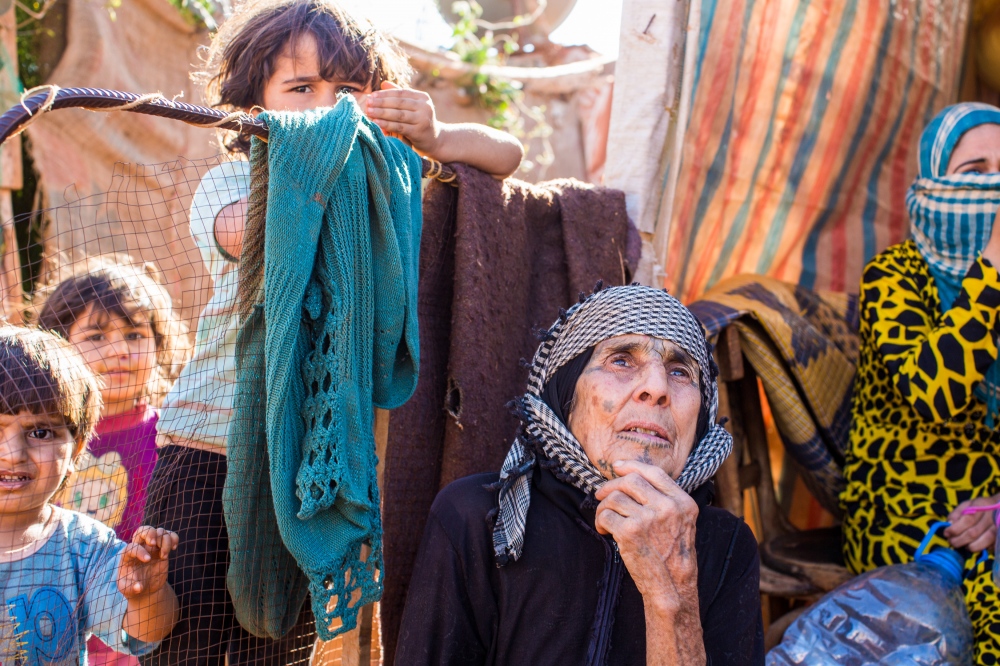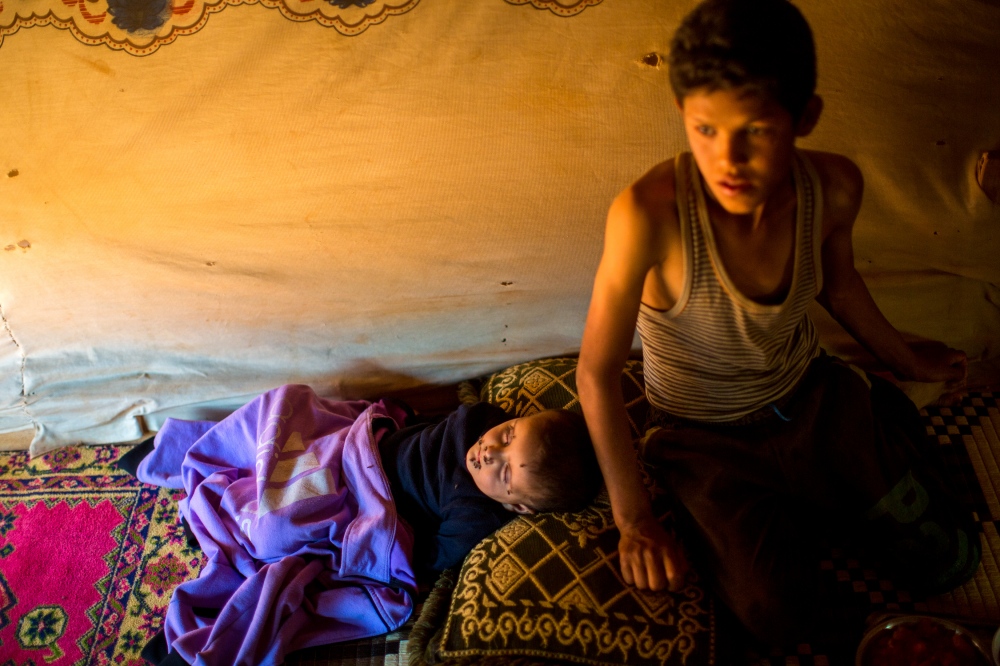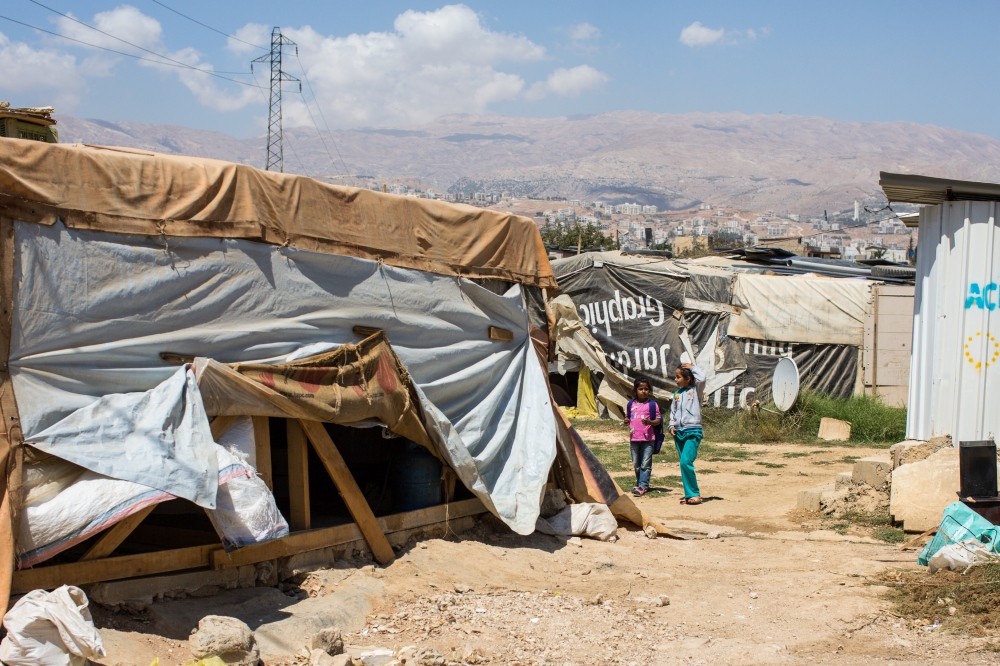Public Story
Displaced - Syrian Refugees in Lebanon for HUMEDICA
for HUMEDICA, 2014
The Syrian civil war is the greatest humanitarian disaster of our time. Within the four years that it has been raging, it has displaced over eleven million people. Every day thousands try to escape the ongoing conflict. Over 5 million people have fled to nearby countries like Lebanon, Jordan, Turkey, Iraq and Egypt in hope to find quick shelter and safety. In Lebanon alone the UN refugee agency (UNHCR) has registered over 1.2 million refugees, constituting a fifth of the population of the small country. The strains are becoming increasingly apparent, sectarian tensions are rising. The majority of the refugees that reach Lebanon are women and children. According to the UN, over half of all Syrian refugees are under the age of 18. Most have been out of school for months, many for years.
“Displaced” tells the stories of the women and children living in makeshift shelters built by the UNHCR around the Bekaa Valley, close to the Syrian border, and in safe houses in Beirut, provided by the local NGO Makhzoumi Foundation.












